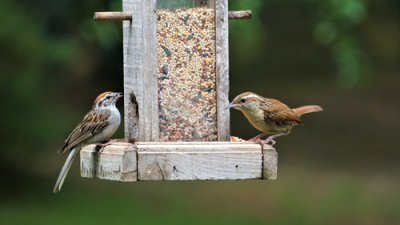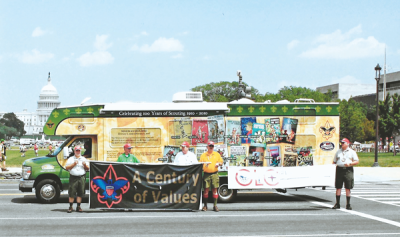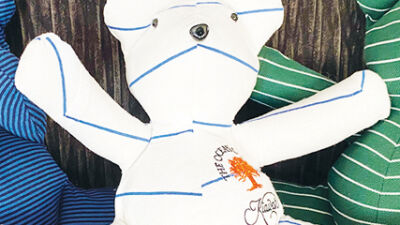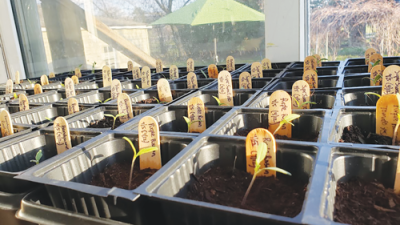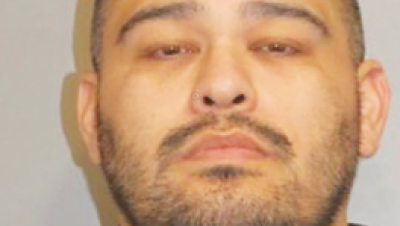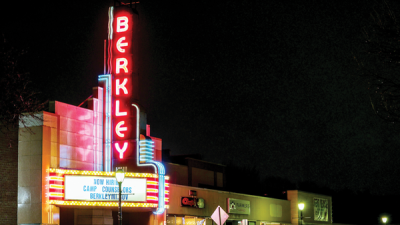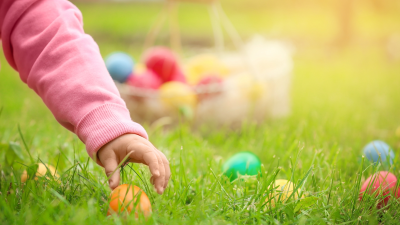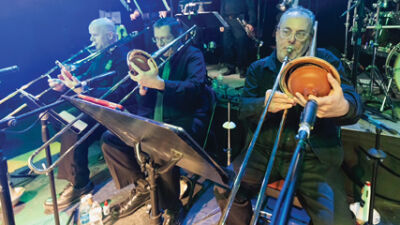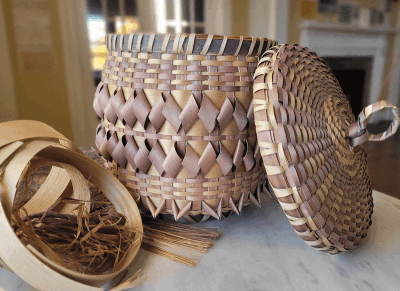
Ben Shinos created this basket sometime between 1975 and 1985.
Photo provided by the Birmingham Museum
BIRMINGHAM — November is Native American Heritage Month in the U.S., and the Birmingham Museum is acknowledging it by spotlighting traditional Great Lakes tribal basketry.
The Birmingham Museum recently received a donation of traditional Great Lakes tribal basketry, and this month, people can learn about these historically important baskets through a virtual exhibit that can be accessed at bhamgov.org/indigenous.
Background information, maps, images and two articles are included in the virtual exhibit. An article written by Caitlin Donnelly discusses the indigenous archeology of this area, and one written by Donna Casaceli talks about the traditional baskets.
The museum plans on eventually displaying a physical exhibit of the baskets in the future, but Leslie Pielack said that will likely not be until later next year.
“The virtual exhibit is important because it helps keep these traditions available to people who want to understand them and, unfortunately, a lot of the residents of Oakland County and our patrons are not aware that these three tribal groups are very modern and current,” Pielack said.
Before European settlement, the Anishnaabeg, including the culturally related Odawa, Ojibwe and Potawatomi tribes, occupied Oakland County and southeast Michigan.
Pielack said that while these tribes may not be physically in Oakland County now, they are very much in existence in northern and western Michigan.
“We are trying to bring a little bit of those traditions here to our museum in as accurate a way as we possibly can, which is why we seek to work with the tribes to properly curate the items that we received,” Pielack said.
The donor of the baskets provided the museum with information about each one, including who they purchased it from, when and where. This provided the museum with some of the information needed to effectively conduct research on the makers.
Traditionally, these baskets have several functional and ceremonial purposes. They are typically made of natural materials, such as birch bark, spruce root, sweetgrass and hand-split black ash.
“The baskets that we’re showing are definitely a wonderful representation of the tradition of basket making within the nation,” Casaceli said.
Casaceli goes more in depth about the origins of these baskets in her article within the virtual exhibit. She provides a link to a YouTube video that covers the topics of basket weaving, the emerald ash borer threat and more.
“Don’t take my words. Take their words,” Casaceli said.
Casaceli encourages everyone to watch the video to learn about these traditions and stories from the perspective of Indigenous peoples.
To learn more, visit the virtual exhibit at bhamgov.org/indigenous.
 Publication select ▼
Publication select ▼


